In recent years, the popularization of health consciousness and the rise of the concept of home oxygen therapy, more and more users begin to contact and use of oxygen concentrators. There are a variety of products on the market, including portable home oxygen concentrators designed for daily health care, as well as professional medical oxygen concentrators intended for hospital and clinical needs. In this article, we will start from the use of scenarios, technical parameters, certification standards and other dimensions, to comprehensively sort out the core differences between home and medical oxygen concentrators.
The reason why we need to clearly distinguish between these two types of products, the core lies in their functional positioning, performance standards, the use of completely different environments. Due to a lack of professional judgment, many users mistakenly use medical equipment in home scenarios, or use home equipment for clinical oxygen therapy, which is not only a poor experience, but also may bring risks and safety hazards.
If you are planning to buy an oxygen concentrator, or are confused about the differences between these two types of equipment, welcome to read on. This article will provide you with a systematic understanding of how to scientifically select according to the needs and avoid common misunderstandings.
I. Comparison of use scenarios
What groups of people are home oxygen concentrators suitable for?
Home oxygen concentrator is mainly for the following categories of user groups, the purpose of its use is mostly for daily health care or mild hypoxia relief:
Daily maintenance of oxygen for the elderly: with age, lung function decline, daily oxygen can improve the quality of life, improve sleep, enhance immunity.
Plateau dwellers, mild hypoxia: high altitude environment with low oxygen content in the air, long-term residents often appear dizziness, fatigue and other reactions, home oxygen concentrator helps to relieve mild plateau reaction.
Sub-healthy people, post-surgery recovery: such as physical weakness, easy to fatigue people, or post-surgery body recovery stage, through low-flow oxygen to enhance cell metabolism level, speed up the recovery process.
Pregnant women or middle-aged and young people fatigue relief: short-term oxygen inhalation helps to relieve sleepiness and fatigue caused by insufficient oxygen supply to the brain, and improve concentration and body comfort.
Summary of features:
These users are mostly non-critical groups, which require more quietness, lightness and ease of operation of the equipment. The equipment should be centered on comfort, safety, and convenience, and be suitable for daily use in the bedroom, living room, and other family scenarios.
Where are medical oxygen concentrators mainly used?
As a professional medical device, medical oxygen concentrator has strict requirements for its application environment, and mainly serves the needs of people with moderate to severe hypoxia and clinical first aid, including:
Hospital wards, outpatient clinics, and community health service stations: it is used to provide patients with basic or auxiliary oxygen therapy, and it is the basic oxygen therapy equipment in the conventional medical system.
Emergency vehicle system, ICU, postoperative monitoring room: to cope with sudden hypoxia, respiratory support after waking up from anesthesia and other scenarios, the oxygen concentration and continuous oxygen supply capacity requirements are extremely high.
Chronic lung disease, respiratory insufficiency patients: such as chronic obstructive pulmonary disease, emphysema and other long-term patients, need to rely on continuous oxygen to maintain basic life functions.
Summary of features:
In medical scenarios, the equipment must operate stably and supply oxygen continuously, which requires strict requirements on various technical indexes. Its system structure is more complex, and it needs to have high-precision control and alarm functions.
Comprehensive Comparison Suggestion:
If you are a home user, hoping for daily health care or plateau acclimatization, it is enough to choose a home oxygen concentrator; however, if the target is a patient suffering from respiratory disease or in need of medical support, you must choose a medical oxygen concentrator with medical-grade certification and stable output capacity.
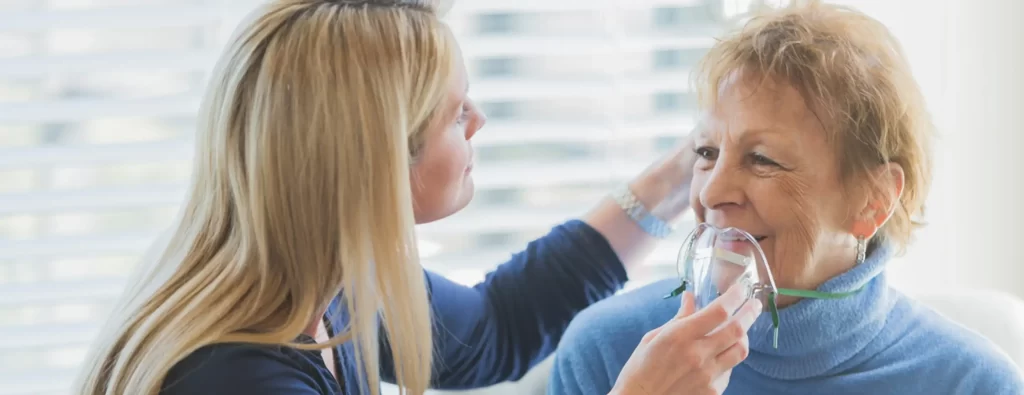

Ⅱ.Technical and performance parameter differences
1. Oxygen concentration stability
Oxygen concentration of home oxygen concentrator: “According to GB 19202-2003 standard, the oxygen concentration of home oxygen concentrator should be ≥90% under rated condition, and the fluctuation is not more than ±3% in the range of 1-5L/min flow rate, which is sufficient to meet the needs of daily health care and mild hypoxia, but the oxygen concentration may fluctuate significantly with different flow settings, especially when the user adjusts the flow rate up to more than 5L/min, and the output concentration of some of the entry-level equipment may drop to about 88%.
Medical Oxygen Concentration: “According to China’s Measures for the Administration of Registration of Medical Devices, the oxygen concentration of medical oxygen concentrators needs to be controlled at 93%±3%, and at the same time, it needs to comply with international standards such as ISO 8359 (medical electrical equipment).”, which must be consistent regardless of the workload. They are usually equipped with real-time concentration monitoring modules and automatic alarm systems to ensure safety and accuracy in clinical use, in compliance with national and international medical device standards.
2. Oxygen Flow Adjustment Range
Home oxygen concentrators generally support 1~5L/min oxygen flow adjustment, which is suitable for mild hypoxia or preventive healthcare use. For example, for daily maintenance of the elderly or adaptive oxygen therapy in plateau environment, the flow rate is usually set at 1~3L/min to meet the demand.
Medical oxygen concentrators usually support a wider range of adjustment, such as 1~10L/min, and can still maintain the stability of oxygen concentration at high flow output, which is suitable for patients with oxygen-dependent diseases (e.g., COPD patients with severe illness), ICU monitoring and intubation oxygen supply and other clinical oxygen therapy scenarios, to meet the stringent standards of medical applications.
3. Continuous Operation Capability
Most of the home oxygen concentrators are designed for intermittent or mildly prolonged operation, which is suitable for users who inhale oxygen for several hours a day. Some of them are equipped with automatic over-temperature protection, but the compressor may heat up and the output power may drop in case of long-time operation.
The medical oxygen concentrator is designed for 24-hour uninterrupted operation, with perfect heat dissipation system, power supply regulator module and multiple safety mechanisms, which can cope with emergency scenes or the continuous oxygen therapy needs of patients with chronic diseases. The performance stability and life span of the oxygen concentrator can be guaranteed even after a long period of operation.
4. Noise and Portability
Household equipment often focuses on lightweight, quiet and easy-to-transport experience. Many household models control the operating noise below 40~45dB, equivalent to the volume of the library environment, which is very suitable for bedrooms, rooms for the elderly and other quiet spaces. Product design focuses more on aesthetics and portability, and some models can even fit into a backpack or trolley case.
Medical equipment due to the complex structure, compression system is stronger, its volume and weight is usually larger than the home equipment, the noise is slightly higher but still within the acceptable range (generally controlled below 50dB). The core of its design lies in stable output and long-time use, so it sacrifices a certain portability and quietness in exchange for higher medical reliability.
| Parameters | Home Oxygen Concentrator | Medical Oxygen Concentrator |
| Oxygen Concentration Stability | 90%-93% (flow rate ≤5L/min) | 93%±3% (full flow rate range) |
| Continuous Running Capability | ≤8 hours per day (intermittent) | 24 hours of uninterrupted operation |
| Noise Level | ≤45dB (Bedroom Grade Silence) | ≤50dB (Hospital Acceptable Range) |
| Core Certifications | 3C, CE (Consumer Grade) | NMPA Registration Certificate, ISO 13485 |
Ⅲ.quality certification and safety standards
In the selection of oxygen equipment, the certification system is not only related to the quality of the product, but also directly affects the use of safety and legal sales qualifications. Especially for medical equipment, its certification threshold is much higher than that of household products. The following will explain the common certifications and necessary qualifications for two types of oxygen concentrators.
Common certifications for home oxygen concentrators
1. CE (Consumer Grade) Certification
The CE marking indicates that the product meets the safety, health and environmental compliance requirements of the European Economic Area (EEA). This certification is required for home oxygen concentrators exported to the European Union, even for non-medical use. Consumer CE applies to general electronic products or health devices that are not intended for medical use.
2. RoHS Environmental Compliance Mark
RoHS (Restriction of the use of certain Hazardous Substances Directive) mainly controls the use of lead, mercury, cadmium and other hazardous substances in electronic products. Having RoHS certification means that the product is more environmentally friendly, safer, and friendlier to human health.
3. Domestic filing or 3C certification
Non-medical home oxygen concentrators sold in China are usually required to be certified by the national quality inspection department and obtain the “CCC” (China Compulsory Certification) mark, which proves that the product meets the national safety, electromagnetic compatibility and other basic requirements.
These certificates mainly guarantee the electrical safety, environmental compliance and basic performance of the product under general household use conditions, and are suitable for elderly health care, family oxygen, plateau adaptation and other light demand scenarios.
Qualifications medical oxygen concentrator must have
1.Production License (e.g. China’s “Medical Device Production License”)
Manufacturers of medical oxygen concentrators in China must obtain the “Medical Device Production License” issued by the State Drug Administration (NMPA) or provincial drug supervision departments. This license is the necessary qualification certificate for enterprises to produce medical devices, which ensures that the enterprises have the production conditions, quality management system and technical capabilities. Enterprises that have not obtained this license are not allowed to produce or sell medical oxygen concentrator products without authorization.
2. Medical device registration certificate (e.g. China NMPA registration)
Medical oxygen concentrator belongs to Class II or Class III medical devices, which must be examined and registered by the State Drug Administration (NMPA). The registration certificate must be obtained for legal sales in the Chinese market.
3. ISO 13485 Quality Management System Certification for Medical Devices
This is an internationally recognized exclusive quality system certification for the medical device industry, which strictly controls the whole process of design and development, production, installation and service, and is an important threshold for entering the global medical market.
4. CE (Medical Grade) and FDA (U.S. Food and Drug Administration) Registration
Medical Grade CE: Unlike consumer grade CE for home use, medical grade CE is subject to the European MDR regulation (Medical Device Regulation), and the audit process is more complex.
FDA: To sell medical oxygen equipment in the U.S. market, it must pass the FDA 510(k) or PMA approval path to ensure product safety and effectiveness.
5. Oxygen Concentration Error Control Testing Standards
Medical equipment needs to meet the stringent requirements for oxygen concentration output error (e.g., ±3%) in the standards of various countries, together with alarm systems and operation monitoring systems to ensure patient safety.
These certification systems are not only the basic threshold for medical organizations to purchase, but also ensure the reliability of the products in high-risk clinical environments and the safety of patients when using them.
Summarize the recommendations:
Users of home oxygen concentrators should focus on whether there are basic certifications such as CE (consumer grade), RoHS and 3C.
Medical institutions purchasing or patient home oxygen support must choose to have a national registration certificate and medical grade ISO13485, CE or FDA certification of professional equipment.
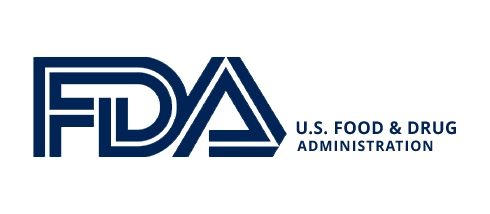
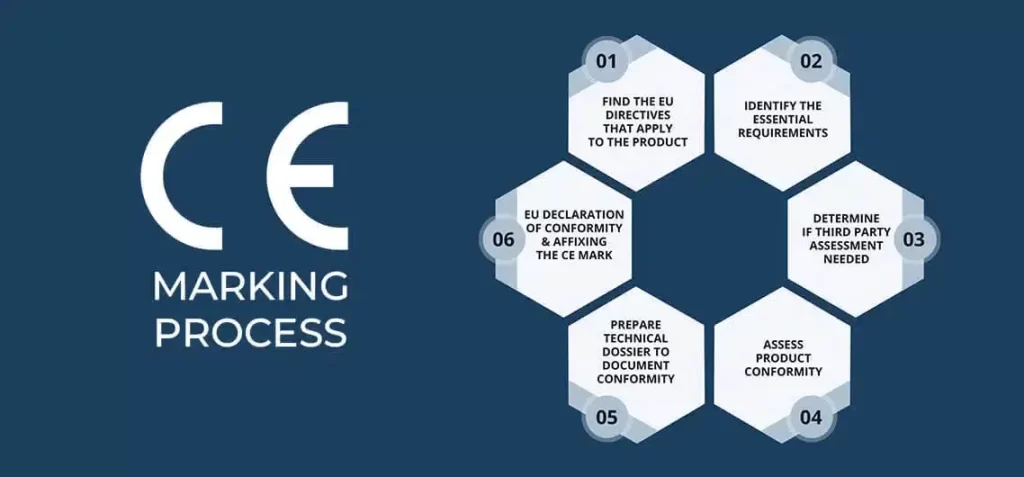
Ⅳ.Common Misconceptions and Risks in User Purchase
❌ Misconceptions 1: Household Users Mistakenly Purchase Medical Equipment
Many consumers, out of the mentality of “it is better to buy expensive than to buy the right one”, believe that medical equipment has stronger performance and is safer to use, and therefore mistakenly choose medical oxygen generators in the household scenario. However, this choice is often counterproductive:
medical oxygen equipment is large, heavy and occupies space;
operation is relatively complex, non-professional users have difficulty getting started;
high power consumption, noise, not suitable for daily use in the family;
expensive, far more than the need for family health care, which ultimately leads to a waste of resources.
✅ Suggestion: Household users should prioritize lightweight, quiet, easy to operate, in line with the basic safety certification of the home oxygen concentrator, to meet the daily needs of oxygen intake and health care can be.
❌ Misconception 2: Use of home equipment in hospitals or for patients with severe illnesses
Another type of risk stems from the misuse of home oxygen concentrators for medical-grade needs, especially for patients with moderate-to-severe respiratory illnesses or in hospital scenarios:
Oxygen concentration of home equipment fluctuates greatly and is unable to maintain a high and continuous output;
Most of them don’t support a high flow rate (more than 5L/min);
Lack of concentration alarms, dual power supply switching, and 24-hour continuous operation, among other Medical protection function;
easily lead to insufficient oxygen therapy or interruption of oxygen supply.
✅ Suggestion: Medical scenarios should strictly use medical-grade oxygen equipment with national medical device registration certificate and international certification to protect patients’ oxygen safety and therapeutic effects.
❌ Misunderstanding 3: Buying modified equipment or second-hand refurbished machines
Out of cost considerations, some users are guided by unscrupulous merchants to choose inexpensive “modified machine” “second-hand phone”, this kind of equipment exists a great deal of hidden dangers:
Failure of molecular sieve leads to a sudden drop in oxygen concentration
Molecular sieve is the core component of medical oxygen concentrators, which is used to separate nitrogen and oxygen in the air. When the equipment has been modified or used for a long period of time in used machines, the molecular sieve may have reached the upper limit of its life span or has not been effectively replaced and maintained, resulting in a decrease in its adsorption capacity or even complete failure. Once this happens, the oxygen concentration will rapidly decrease and fail to meet medical standards, seriously affecting the patient’s therapeutic effect and even jeopardizing the patient’s life.
Compressor failure triggers safety accidents
Compressor is an important power component of medical oxygen generator, after long-term use or non-professional modification of the compressor is prone to insufficient lubrication, wear and tear of parts or leakage and other problems. These failures not only reduce the stability and safety of equipment operation, but also may lead to gas leakage, high temperature overheating or even explosion and other serious safety accidents, which directly threaten the personal safety of patients and medical staff.
Unknown source, the lack of CE, FDA, ISO13485 and other certificates;
internal structure may be disassembled or assembled, core components aging or replacement;
false oxygen concentration, unstable flow rate, unable to cope with the actual demand;
✅ Suggestion:Be sure to purchase a new machine through regular channels, with clear original certification and credentials.
Regardless of medical use or product life, when purchasing medical oxygen equipment, be sure to confirm that the equipment has passed strict national and global certification benchmarks, especially avoiding the purchase of so-called low-cost refurbished machines and modified models, to prevent problems such as abnormal oxygen supply, sudden drop in oxygen concentration, or safety accidents due to equipment malfunctions, and to safeguard the reliability of healthcare services and the lives of patients from the source.
V. How to choose according to the actual needs?
Oxygen concentrator is not the more expensive the better, nor does the word “medical” mean that it is suitable for everyone. The key to selecting the right oxygen concentrator is to match it with the actual needs and scenarios. Below are the key points and considerations for choosing an oxygen concentrator from the perspectives of home users and medical purchasers respectively.
Purchasing points for home users
1. Whether it supports stable output of high oxygen concentration (≥90%)
Although home oxygen concentrators do not require medical-grade precision control, the oxygen concentration must be stably maintained at over 90%, or else it will affect health care effects or even cause discomfort. High-quality brands usually label the concentration range and indicate the concentration deviation in the instruction manual.
2. Whether the noise level is < 45dB and whether it is suitable for nighttime use
For people such as the elderly, pregnant women, and people recovering from surgery, a quiet oxygen absorption environment is very important. When choosing, you should check the noise level (unit: dB) labeled on the product, 45dB or less is a better level, equivalent to the library environment. 3.
3. Whether the operation interface is simple, whether it supports remote control or App adjustment
Modern household equipment is increasingly focusing on user-friendliness. The operation panel should have a large screen, fewer buttons, clear language, etc. Some products are also equipped with Bluetooth/Wi-Fi connectivity and cell phone App control, which is convenient for remote adjustment and monitoring data, especially suitable for young users to use for their parents’ remote management.
4. Whether to provide more than 1 year warranty and after-sales service support
When purchasing, we should pay attention to whether the brand provides not less than 1 year warranty, whether it has a perfect after-sales response mechanism, including customer service hotline, parts supply, maintenance sites, etc., to avoid encountering problems that no one to deal with.
Medical organizations need to pay attention to the procurement of
1. Whether it has national/international medical certification
Medical equipment must pass the medical device registration of the country where it is located (e.g., NMPA in China, FDA in the United States, CE MDR in the European Union), and have the ISO 13485 quality system certification for medical devices, or else it can not be entered into the hospital system or clinical use.
2. Whether it can support long time operation with high oxygen flow output
Hospitals or emergency scenarios place requirements on oxygen concentrators for continuous and stable oxygen supply for 24 hours, and may require an oxygen flow output capacity of more than 10L/min. This kind of equipment needs to be equipped with advanced cooling system, stable power supply and oxygen concentration closed-loop control technology. 3.
3. Whether to use a big brand compressor and molecular sieve
core components determine the performance and life of the machine. It is recommended to choose the equipment equipped with original imported or high-quality domestic compressor, molecular sieve materials, such as France CECA, Japan Dong Cao and other brands of materials, in order to protect the high efficiency and durability.
4. Whether the after-sales service has professional technical response and spare parts guarantee
Medical equipment needs to respond quickly when problems occur to avoid affecting the treatment. Therefore, it is necessary to prioritize the choice of brands that support local service, technical remote guidance, and timely supply of spare parts to establish a long-term stable cooperative relationship.
Ⅵ.Brand Case Study: The Two-Line Advantage of MINNUO’s Oxygen Generation Solution
As a professional brand that has been plowing into the field of gas equipment manufacturing for many years, MINNUO has constructed a complete oxygen generation solution matrix covering two major directions, namely, household healthcare and medical clinic, in response to the different application needs of household healthcare and medical clinic, and has really realized the brand strategy of “two lines of functional scenarios in parallel, and precise product layout and coverage”. The brand strategy of “two parallel lines of functional scenes and precise product layout coverage” has been truly realized.
MINNUO Home Oxygen Concentrator Series
Specially designed for daily oxygen intake of individuals and home users, focusing on lightweight, quiet and intelligent control:
Compact structure, easy to carry, suitable for bedrooms, study rooms and nursing care environments;
Supports timer function and cell phone App remote control, which is easy for young people to remotely regulate the mode of oxygen intake for the elderly at home;
Oxygen concentration is stable ≥90%, and the noise level of the operation is low to less than 42dB, which is suitable for long-term health care and sub-healthy people. Health care and sub-healthy people;
Multi-model adapted to different people: plateau adaptation, maternal fatigue relief, elderly group recuperation, post-surgery rehabilitation;
Prices are friendly, easy to operate, suitable for all kinds of non-medical environments.
✅ Keywords summary: quiet, lightweight, intelligent, pro-people, suitable for family all-age groups
MINNUO Medical Oxygen System Series
Built for medical institutions and high-end oxygen therapy scenarios, emphasizing on stable performance, complete certification and system safety:
The whole series passes the ISO 13485 quality management system for medical devices, and complies with many international certifications, such as NMPA/CE/FDA etc.;
Covering the demand of 1~10L/min high-flow oxygen production. min high-flow oxygen demand, to meet the general outpatient, high-flow oxygen delivery, critical care oxygen therapy and other levels of use;
Equipped with real-time concentration monitoring and multiple alarm systems, suitable for 24-hour continuous operation;
Can be equipped with optional humidifier interface, ventilator interface, parallel oxygen module, flexible adaptation to the ICU, emergency, rehabilitation, and other departments;
Is particularly suitable for hospitals, clinics, ambulances, community medical stations and other professional clinical use scenarios. Scenario.
✅ Keywords: high concentration, high load, long time running, medical grade certification, safety and stability
MINNUO’s supporting service advantages
In addition to high quality products, MINNUO has also established an after-sales and technical support system covering the whole world, to ensure that the customers enjoy the use of the equipment in the whole process of purchasing:
Fast response technical customer service
Remote video guidance and installation assistance
Direct supply of original parts and accessories
Personalized customization and export documents packing LOGO customization and export documentation packaging services (e.g. CO, test reports, English manuals)
MINNUO also supports OEM/ODM cooperation and bulk export customization, providing one-stop high-efficiency gas solutions for distributors, hospitals, and international project customers.
MINNUO Oxygen Concentrator Product Recommendation and Model Comparison List
Home Oxygen Concentrator Recommendation (Suitable for Elderly Healthcare, Plateau Travel, Rehabilitation Oxygen)
| Model | Flow Rate Range | Oxygen Concentration | Noise Level | Adaptive Function | Certification | Recommended Scenarios |
| MN-1A | 1~3 L/min | ≥90% | ≤42 dB | Simple Operation Panel | CE (Consumer) | Elderly Healthcare, Pregnant Women, Regular Oxygen Inhalation for Family |
| MN-5H Lite | 1~5 L/min | ≥93% | ≤45 dB | Timing function + remote control | RoHS / 3C | Plateau acclimatization, post-surgery recovery, recreation center |
| MN-5H Smart | 1~5 L/min | ≥93% | ≤43 dB | App intelligent remote control | CE / ISO9001 | Children’s remote care, home high-quality oxygen therapy |
Featured Highlights:
The whole series supports the molecular sieve replacement service, prolonging the service life. MINI portable design, suitable for travel and multi-location use
Support customized voltage (110V / 220V) and language menu (English / Spanish / French)
Recommended Medical Oxygen Concentrator (suitable for hospitals, community clinics, chronic disease management)
| Model | Flow Rate Range | Oxygen Concentration | Continuous Operation | Core Configuration | Medical Certifications | Recommended Scenarios |
| MN-5M Medical | 1~5 L/min | 93%±3%(闭环控制) | Support 24 hours | Medical grade oil-free compressor + alarm system | CE MDR / ISO13485 | Community clinics, rehabilitation departments, primary care units |
| MN-10M | 1~10 L/min | ≥93%(automatic constant) | Support 24 hours | High-performance dual-cylinder compressor + humidification interface | NMPA / ISO13485 | ICU support, respiratory inpatient units, high-flow oxygen therapy |
| MN-MultiO2 | 2×5 L/min | ≥93% | Support multi-position | Multi-user independent oxygen supply modular system | CE / FDA / ISO13485 | Hospital ward group oxygen configuration / multi-people simultaneous oxygen supply system |
Featured highlights:
Optional oxygen concentration alarm, power failure alarm, operation logging
Support with ventilator, humidifier, negative pressure suction device linkage
Provide global after-sales spare parts + remote technical debugging Support Services
Customized Service Advantages (for home/medical dual-scenario)
Voltage/Frequency Customization: Support 110V/60Hz, 220V/50Hz and other regional grid adaptation
Language Customization: Chinese/English bilingual, Spanish, French, Arabic menus
LOGO Customization/OEM Cooperation: Adaptation to the brand channel customers, hospitals bidding projects
Bulk Purchase Preferences and Bidding Support: Provide bidding technical Parameter table, compliance certificate package
Conclusion
Although home oxygen concentrators and medical oxygen concentrators may appear similar in appearance and serve basic functions, there is an essential difference between the two in terms of the applicable population, performance parameters, certification standards, safety level, operational capacity, and price system and other dimensions. Household machines pay more attention to portability and ease of use, suitable for light oxygen intake and family health care; while medical machines emphasize high stability, precise control, and long-time operation ability, suitable for clinical treatment and critical care management.
In the face of the ever-expanding oxygen therapy market, MINNUO has established a complete product system covering both household and medical applications with years of experience in gas equipment manufacturing. Its household series focuses on lightweight, silent and intelligent control, which is suitable for global home healthcare users; while its medical series has passed ISO13485, CE, FDA, and other certifications, with high concentration output and 24-hour continuous operation capability, which is widely used in hospitals, clinics, and health centers.
Whether you are looking for a home oxygen generator or a professional system for a medical institution, MINNUO is worth your time.

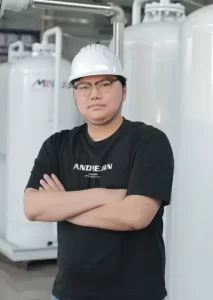

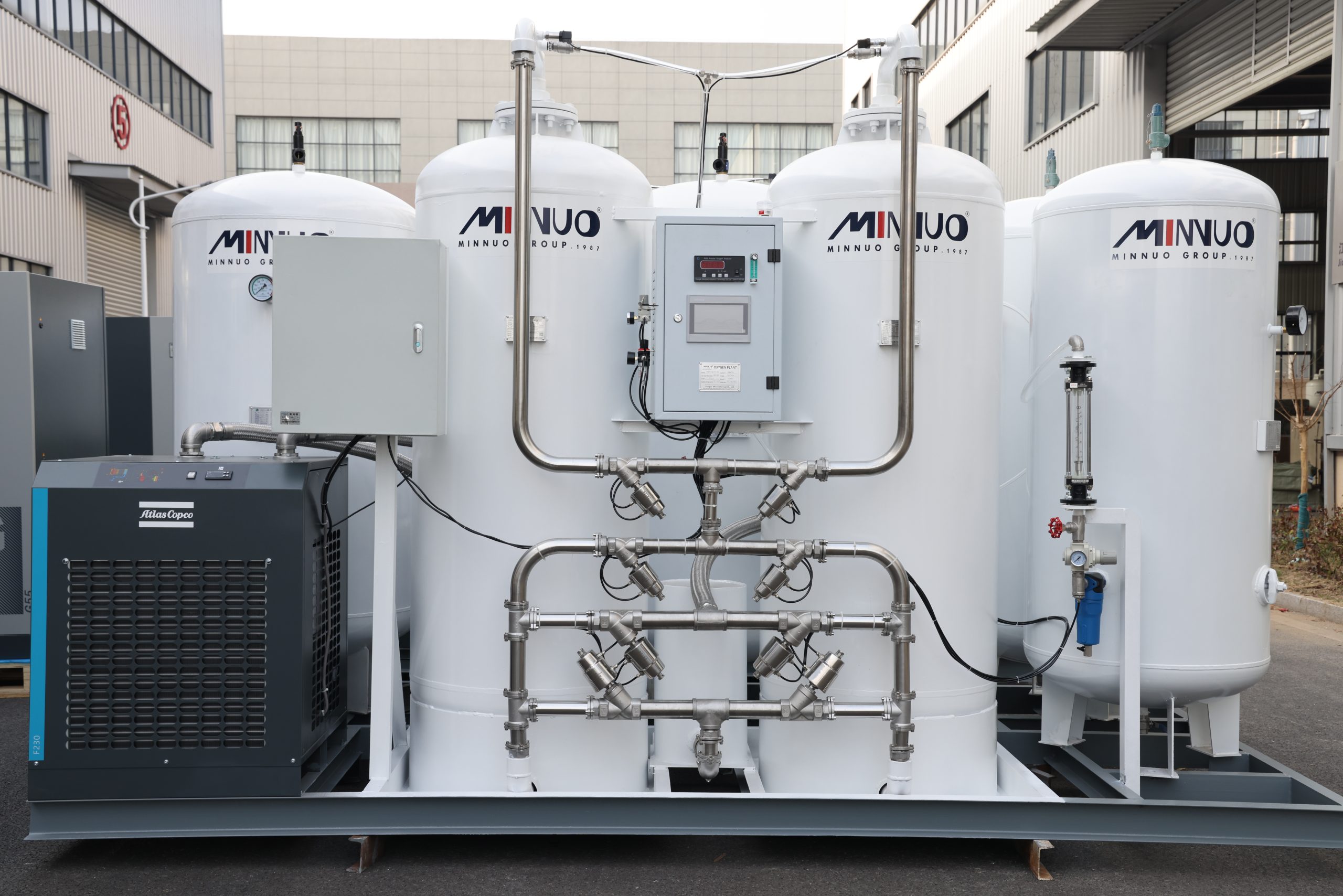
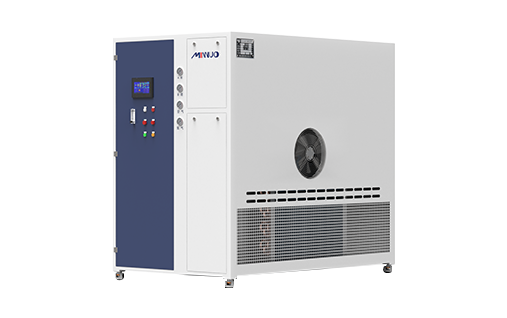

 sales2:+86 17506119168
sales2:+86 17506119168

